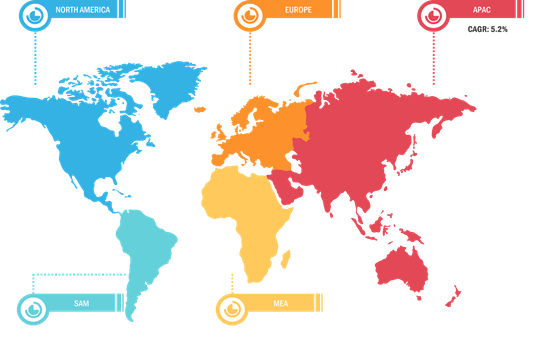Significant Growth in Telecommunications and Healthcare Sectors to Escalate Smart Card Material Market Growth
According to our latest market study on “Smart Card Material Market Forecast to 2028 – COVID-19 Impact and Global Analysis – by Material [Polyvinyl Chloride (PVC), Polycarbonate (PC), Acrylonitrile Butadiene Styrene (ABS), Polyethylene Terephthalate-Glycol (PETG), and Others]; Type (Contact Cards, Contactless Cards, and Multi-Component Cards); and Application (BFSI, Government, Telecommunication, Retail, Healthcare, Hospitality, and Others)” the smart card material market is projected to reach US$ 1,837.78 million by 2028 from US$ 1324.57 million in 2021; it is expected to grow at a CAGR of 4.8% from 2021 to 2028. The report highlights key factors driving the market growth and prominent players along with their developments in the smart card material market.
The characteristics of smart cards such as secured and faster exchange of information, easy interface for transactions, and protection of personal information boost the demand for these cards, thereby supporting the smart card materials market growth. Moreover, the significant growth of the telecommunications and healthcare sectors is further driving the smart card material market growth. The smart card technology has received huge acceptance in the healthcare sector for ensuring data security and protecting patients’ personal health information. The technology restricts access to these data to authorized personnel such as doctors and other medical staff only.
Some of the players operating in the global smart card material market includes Eastman Chemical Company, PetroChina Company Limited, Solvay S.A., KEM ONE, SABIC, 3A Composites GmbH, Teijin Limited, LG Chem, BASF SE, and Westlake Chemical Corporation.
Impact of COVID-19 Pandemic on Smart Card Material MarketThe COVID-19 pandemic has affected economies and industries in various countries due to lockdowns, travel bans, and business shutdowns. The implementation of various measures to combat the spread of the virus has aggravated the situation and has impacted the growth of several industrial sectors. On the other hand, telecom companies witnesses a short-term spike in data traffic and increase in use of broadband services. The containment measure enacted by various country governments disrupted the supply of raw materials needed for smart card manufacturing. However, the demand for smart card materials has started rising with the resumption of business activities and relaxation of lockdown measures globally.
Smart Card Material Market Breakdown – by Region

Smart Card Material Market Size & Share Analysis Report 2028
Download Free Sample
Smart Card Material Market Forecast to 2028 - COVID-19 Impact and Global Analysis By Material [Polyvinyl Chloride (PVC), Polycarbonate (PC), Acrylonitrile Butadiene Styrene (ABS), Polyethylene Terephthalate-Glycol (PETG), and Others]; Type (Contact Cards, Contactless Cards, and Multi-Component Cards); and Application (BFSI, Government, Telecommunication, Retail, Healthcare, Hospitality, and Others)
The report includes the segmentation of the global smart card material market as follows:
By Material, the smart card material market is segmented into polyvinyl chloride (PVC), polycarbonate (PC), acrylonitrile butadiene styrene (ABS), polyethylene terephthalate-glycol (PETG), and others. The smart card material market, by type, is segmented into contact cards, contactless cards, and multi-component cards. By application, the smart card material market is segmented into BFSI, government, telecommunication, retail, healthcare, hospitality, and others. By geography, the smart card material market is broadly segmented into North America, Europe, Asia Pacific (APAC), Middle East & Africa (MEA), and South and Central America. The smart card material market in North America is further segmented into the US, Canada, and Mexico. The European smart card material market is subsegmented into Germany, France, the UK, Italy, Russia, and the Rest of Europe. The smart card material market in Asia Pacific is further segmented into China, India, Japan, Australia, South Korea, and Rest of Asia Pacific. Middle East & Africa (MEA) includes countries like South Africa, Saudi Arabia, the UAE, and the Rest of the MEA. The smart card material market in South and Central America is further segmented into Brazil, Argentina, and the Rest of South and Central America.
Contact Us
Phone: +1-646-491-9876
Email Id: sales@theinsightpartners.com

Smart Card Material Market Size & Share Analysis Report 2028
Download Free SampleSmart Card Material Market Forecast to 2028 - COVID-19 Impact and Global Analysis By Material [Polyvinyl Chloride (PVC), Polycarbonate (PC), Acrylonitrile Butadiene Styrene (ABS), Polyethylene Terephthalate-Glycol (PETG), and Others]; Type (Contact Cards, Contactless Cards, and Multi-Component Cards); and Application (BFSI, Government, Telecommunication, Retail, Healthcare, Hospitality, and Others)